Fish consumption in India expected to hit 26.50 metric tons by 2048 if current consumption trends continue
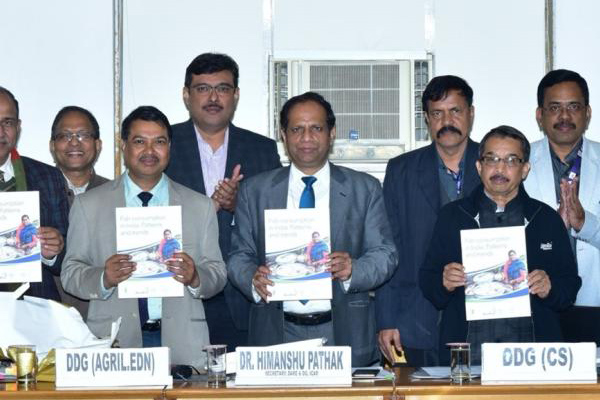
A new study projects that fish consumption in India will double by 2048 if current consumption trends persist.
The study, Fish Consumption in India: Patterns and Trends, investigated the dynamics of fish consumption in India from 2005 to 2021. Findings revealed that a whopping 72.1 percent of Indians – about 966.9 million people – incorporate fish into their diets. It also emphasized that the significant growth in fish consumption across India has been driven by population growth, increased wealth and shifting dietary consumption patterns.
Findings also revealed that Tripura, a northeast state in India, eats the most fish (99.35 percent), while Punjab (26.45 percent), Haryana (20.55 percent) and Rajasthan (22.5 percent) eat the least, reflecting dietary preferences and possibly the availability and cultural acceptance of fish. WorldFish Country Lead for India Dr. Arun Padiyar has advocated for the integration of fish consumption into public health and nutrition strategies.
“Adopting holistic and adaptable policies to enhance value chains can ensure the sustainability of our aquatic food systems and improve nutritional outcomes,” he said.
Using comprehensive, nationally representative surveys conducted by the government, the research was a joint effort between ICAR and WorldFish, alongside the International Food Policy Research Institute. It also involved various Government of India institutions, such as the National Fisheries Development Board under the Ministry of Fisheries, Animal Husbandry and Dairying and the Marine Products Export Development Authority, along with other prominent organizations.
India is the third largest fish-producing nation, contributing about 8 percent to global fish production, and holds the position of the second-largest aquaculture producer. However, in terms of per capita fish food supply, India is positioned 129th among 183 countries. Per capita fish consumption increased 81.43 percent, from 4.9 kg to 8.89 kg, with a 4.05 percent annual growth rate in the last 15 years. Among fish-eating populations, annual per capita consumption grew 66 percent.
The study forecasts that if current trends persist, fish consumption in India is projected to double and reach 26.50 million metric tons (MT) in roughly 2047–2048, with annual per capita fish consumption expected to reach 16.07 kg.
“Comprehensive research is essential to grasp how fish consumption intersects with socio-demographic and economic factors at the household level,” said Dr. J.K. Jena, Deputy Director General (Fisheries Science) of the Indian Council of Agricultural Research (ICAR). “Recognizing the crucial role of fish in ensuring food security and combating undernutrition is vital for the health of our nation.”
Now that you've reached the end of the article ...
… please consider supporting GSA’s mission to advance responsible seafood practices through education, advocacy and third-party assurances. The Advocate aims to document the evolution of responsible seafood practices and share the expansive knowledge of our vast network of contributors.
By becoming a Global Seafood Alliance member, you’re ensuring that all of the pre-competitive work we do through member benefits, resources and events can continue. Individual membership costs just $50 a year.
Not a GSA member? Join us.
Author
Tagged With
Related Posts
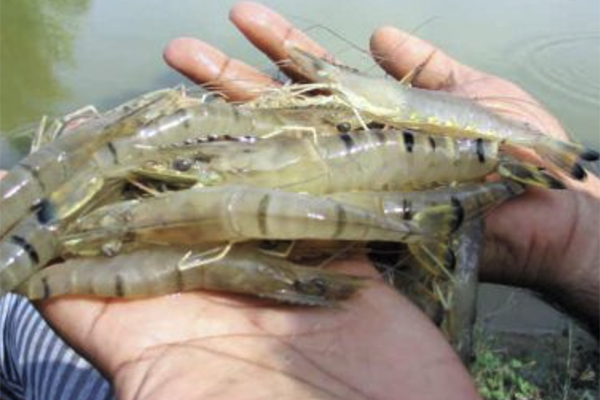
Intelligence
UK, India ink research agreement to advance shrimp farming, HAB detection, fisheries
The UK and India will help develop joint research programs, like using “cutting edge UK technology” to spot diseases in shrimp aquaculture.
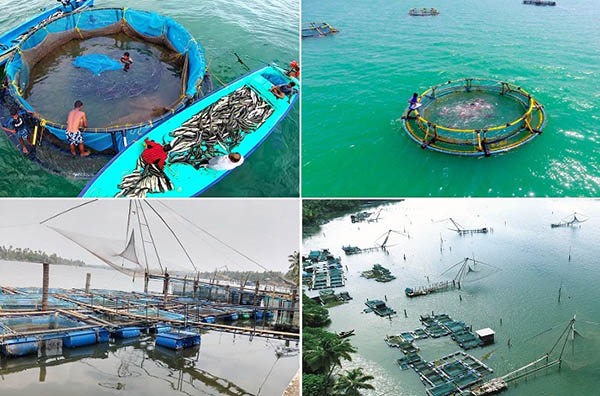
Responsibility
Study: Mariculture offers economic benefits for India’s coastal regions
Mariculture offers a "bright business prospect" for India's coastal region, according to a new CMFRI study.
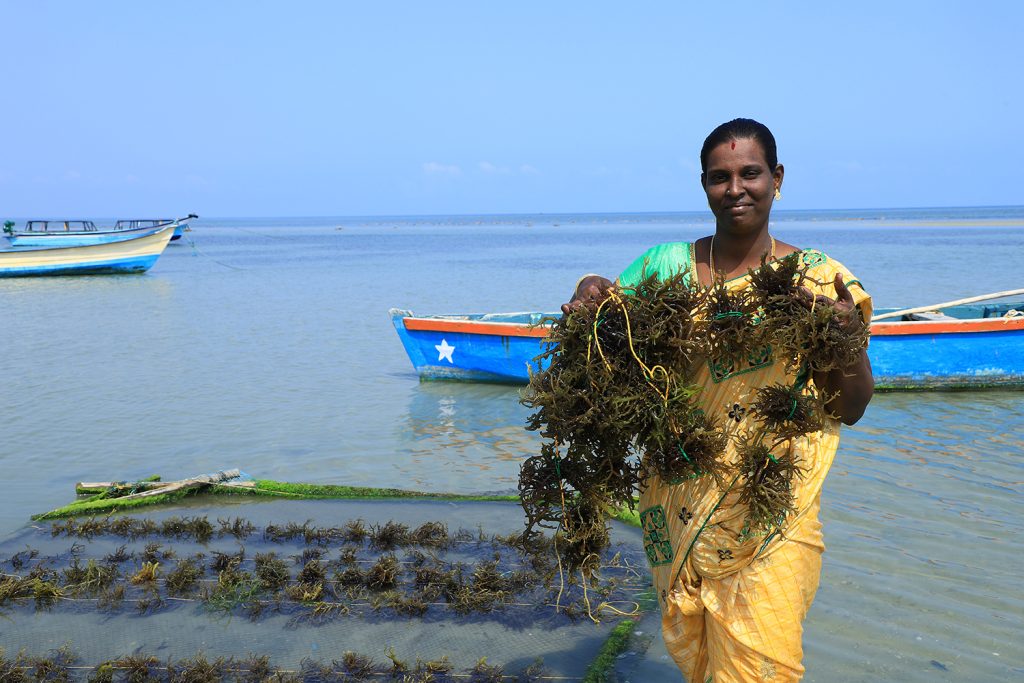
Responsibility
Is seaweed farming India’s untapped treasure?
Efforts are under way in India to harness the potential of seaweed by integrating seaweed farming with fisheries.
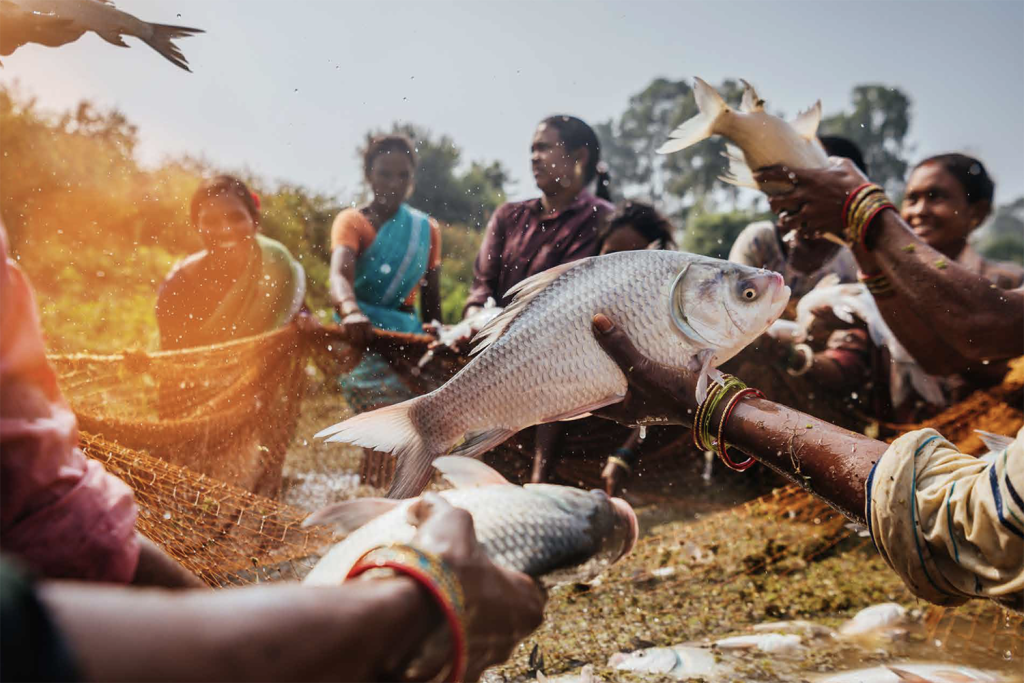
Innovation & Investment
‘They know better than men how to protect their environment and people’: How focusing on women farmers is boosting food security in India
GOAL 22: The Government of Odisha and WorldFish collaborate to boost income and food security in India by teaching women’s groups to raise carp.



